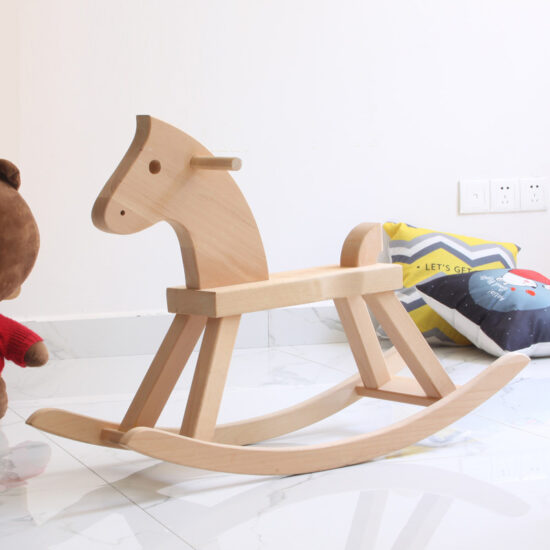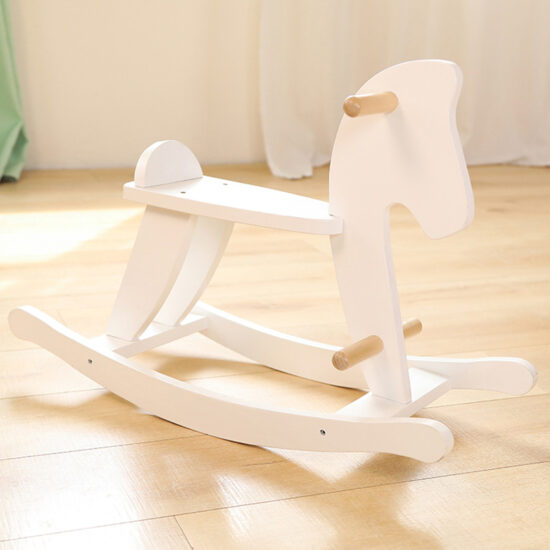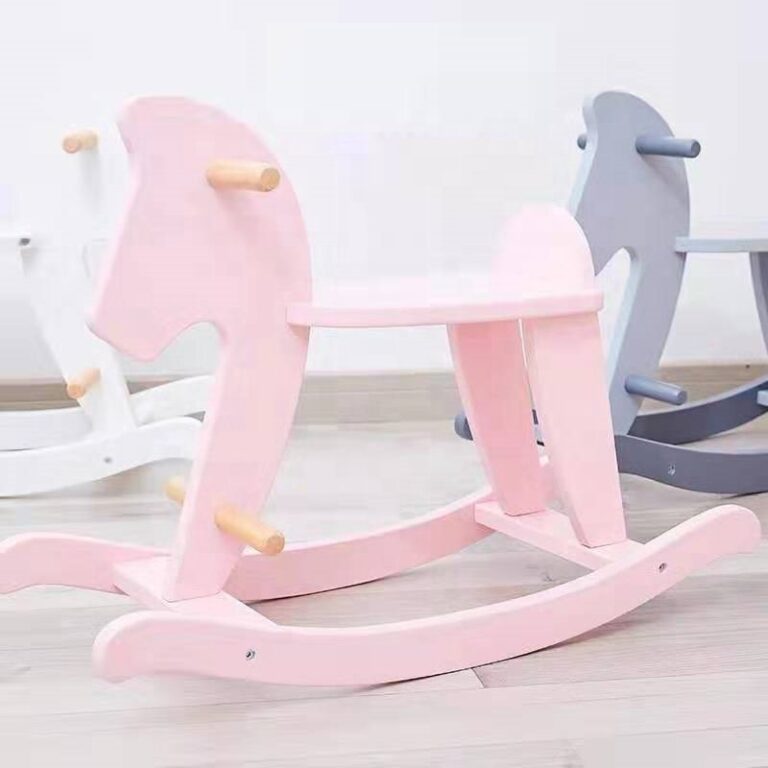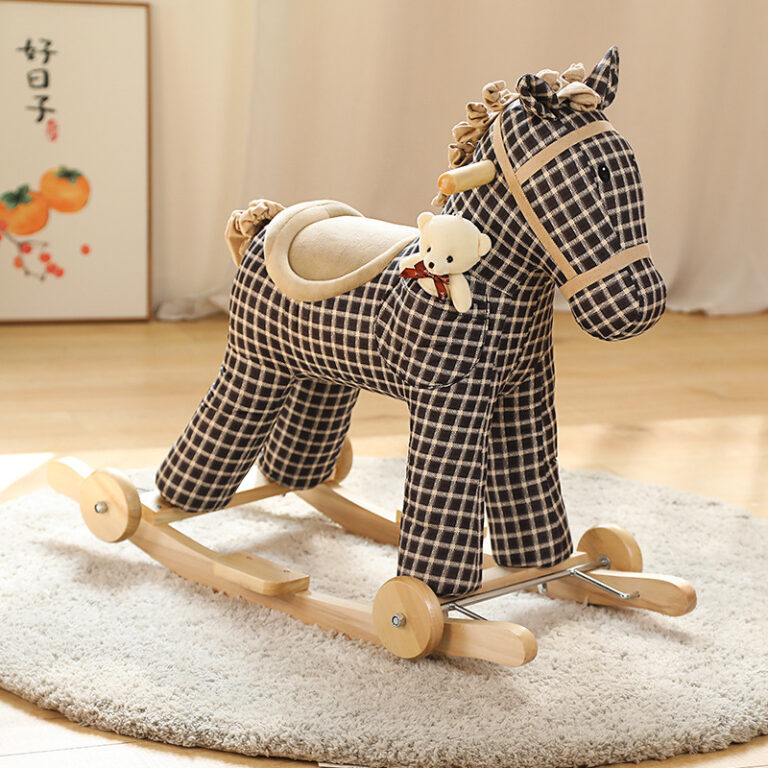jay@nbdho.com
The Art of Sanding and Finishing in Wooden Toy Manufacturing
The process of sanding and finishing wooden toys requires careful attention to detail to create products that are both safe for children and visually appealing. These final production stages transform rough wooden pieces into smooth, splinter-free toys ready for play.
Sanding begins with coarse grit sandpaper to remove saw marks and shape the wood. Workers typically start with 80-120 grit paper to eliminate major imperfections and establish the basic form. This initial sanding prepares the surface for progressively finer treatments.
The sanding process continues with medium grit sandpaper in the 150-220 range. This stage removes the scratches left by coarser paper and creates an even surface texture. Manufacturers pay special attention to edges and corners, ensuring no sharp areas remain that could harm children.
Final sanding uses fine grit paper from 240-400 to achieve an ultra-smooth finish. This step is particularly crucial for toys designed for babies and toddlers, whose sensitive skin requires exceptionally smooth surfaces. Artisans often hand-sand intricate details and curved surfaces for perfect results.
After sanding, workers carefully select appropriate finishes based on the toy’s intended use. Natural oil finishes like beeswax or food-grade mineral oil work well for teething toys and items meant for very young children. These penetrate the wood while maintaining complete safety if mouthed.
For colored toys, manufacturers use non-toxic, water-based paints that meet international safety standards. Multiple thin coats provide vibrant colors while allowing the wood grain to show through. A protective top coat often seals painted surfaces for added durability.
Quality control teams rigorously inspect finished toys before packaging. They examine every surface by sight and touch, verifying no rough spots remain. Many factories use a nylon stocking test – if the material catches on any surface, the toy requires additional sanding.
The finishing process concludes with proper drying and curing. This critical step ensures all coatings fully set and become completely safe for children. Production timelines account for adequate drying time, especially for oil-based finishes that may require several days to cure completely.
This careful attention to sanding and finishing details results in wooden toys that are not only beautiful but also safe and durable enough to withstand years of play. The extra time invested in these final production stages helps create heirloom-quality toys that families treasure for generations.





